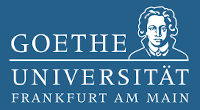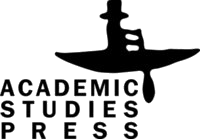The Family with Children at the Festive Table: an Original Iconography in Jewish Manuscripts of the 14th–15th Centuries
DOI:
https://doi.org/10.31168/2658-3356.2020.2Keywords:
Haggadah, iconography, family, medieval Jewish art, medieval manuscriptsAbstract
Philippe Ariès, one of the first researchers of the medieval family (1960), believed that childhood was not a separate cultural period and was not recognized as such by adults until the 16th–17th centuries. Since that time, there have been many studies devoted to medieval childhood, in which the ideas of Ariès were questioned, but they were all based on texts. Images were used only as illustrations. Therefore, no one questioned Ariès assertion that images of children in the family, except the scenes of the Holy Family, had not existed in the Middle Ages. In this article, I argue that the images of families with children appeared in the 14th century among the Ashkenazi, that is, the Jews of Germany and Northern France, and later – among the Sephardim, that is, the Jews of Spain, Portugal and Southern France. Although the appearance of these scenes can be explained by ritual reasons, but not solely them, and the study of such images can serve to further deepen our knowledge of the medieval family in general and the medieval Jewish family in particular.












